New York City, February 9, 2016
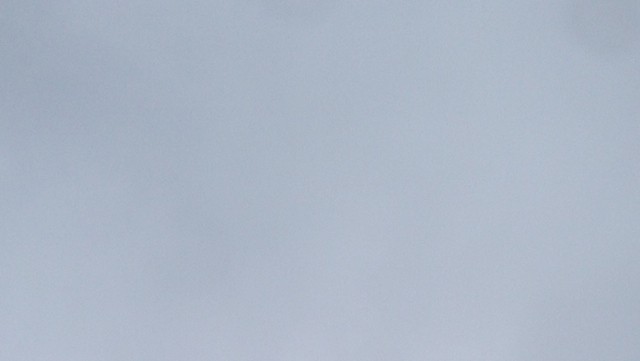
★★ A shocking burst of cold wind met the children bustling out the lobby door. Thin snow clung here and there in the scars and joints of the sidewalk or on the arms of the scoop of a parked backhoe. Salt granules, still intact, whitened other sidewalk cracks. After midday, warm tones began imposing themselves on what had been unchanging gray. The clouds thinned to ivory in places, and then even on to blue. The glow of real sunlight appeared somewhere nearby. Gray strengthened again, but the expected new snow kept failing to appear.
The Mystery of the Thousand Missing Airbnbs
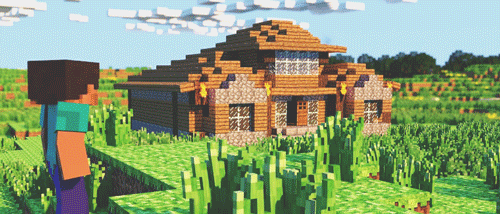
A couple of months ago, Airbnb released a batch of anonymized data about its hosts in New York City in order to show that its community “is made up of hard working families in all five boroughs who, during a time of economic inequality, depend on home sharing as an economic lifeline” and to prove, once and for all, just how transparent it really was. The illusion of transparency dissolved with little scrutiny: The release of the data was highly controlled, designed to be nearly impossible to analyze in-depth, and architected in such a way to mask just how prolific Airbnb’s most active hosts were. But it’s maybe worse than that: According to Murray Cox of Inside Airbnb and technology writer Tom Slee, the data were effectively “photoshopped” before release: “Airbnb ensured a flattering picture by carrying out a one-time targeted purge of more than 1,000 listings” in New York City.
The key statistic in the Airbnb release, which contained “anonymized information about every active Airbnb listing in New York City as of November 17, 2015” was that — contrary to fears that the service was filled with sharelords renting out multiple apartments on the service, using precious housing stock to shelter European tourists for a profit instead of city residents who need a place to live — 95 percent of its whole-home hosts shared only one listing. That number is crucial to the story that Airbnb has been telling ever more emphatically over the last year, which is that it is the vanguard of a “broader evolution in capitalism” that will save the working and middle classes from being pushed out of their homes by the forces of gentrification. And that story is more important in New York City than in most markets, because the majority of whole-home Airbnb listings — which make up some 57 percent of all Airbnb listings in New York City, according to Inside Airbnb — are straightforwardly illegal under New York State’s current short-term rental laws. (This is all discussed at length here.) That story, which rests in no small part on that number, is how Airbnb plans to legitimize itself in New York, where it faces a hostile regulatory environment.
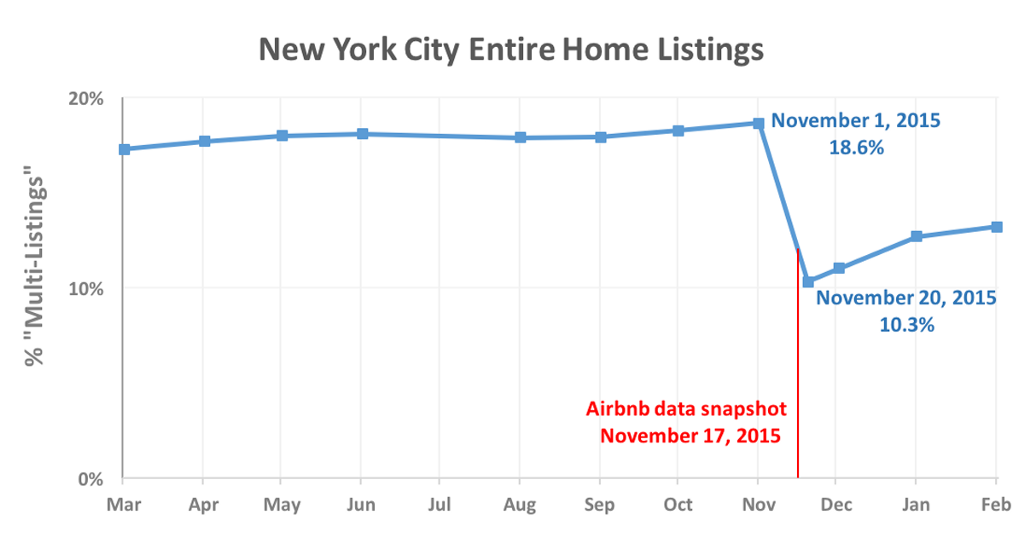
But if Cox and Slee’s report is correct — and they have amassed a pile of data and trends over the last two years — that number has been juiced. Cox, who runs Inside Airbnb, a site that collects and analyzes data about Airbnb listings, told me that on November 1st, he and Tom Slee had identified 3,331 listings that belonged to hosts with two or more entire-home listings. Three weeks later, 1,438 of them had disappeared. Normally, Cox said, the churn from month-to-month is about two hundred such listings, “so we suspect it’s between 1,000 and 1,200 listings that went against all the trends we saw.” He continued, “There was no buildup of listings prior to November, so it’s very, very unlikely that 1,000 listings would drop off given that they’d stayed at that level for the entire year.” Airbnb, which represented the data it released in December as highly typical, had given no indication of a purge prior to release — and, according to Cox, Airbnb has said that there was no extra enforcement action on its part. So, where did all those listings go?
(Since publication, a spokesperson for Airbnb emailed the following statement: “Our community in New York has evolved to a point where 94 percent of hosts have just one listing and where there is no material presence of illegal hotels, which is why accusations from the same elected officials who called for there to be no illegal hotels on the platform and now want to fine middle class families $50,000 is akin to asking someone to walk on water and then, when they do, fining them for not swimming.” They also provided a single data table showing that on November 17th, 95 percent of hosts had just one listing; as of February 8th it had only crept down one percent, to 94 percent. Statements Airbnb provided to Recode and the Guardian refuted no further claims, and were no more illuminating.)
The report also casts doubt on how Airbnb qualified its future revenue projections at the time, when I wrote, “All that said, there’s little reason not to take Airbnb at its word that by next year the vast majority of revenue earned by whole-home shares — some eighty-six percent of it — will be earned by hosts with just one listing, who may be, by and large, members of the middle and working class.” Those projections were based on the trend that the percentage of multiple-home listings was dropping, and Cox and Slee’s report states that “the only fall in listings is just before the November 17 snapshot, when the percentage of multi-host listings plummets from almost 19 percent of the total to 10 percent.” Moreover, the number and percentage of multiple-home listings has resumed climbing, and now stands at 13 percent of the total.
Perhaps most clearly indicative of Airbnb’s intentions, though — I mean, beyond its longstanding refusal to implement any real measures to curb illegal listings or to provide the city with what it needs to do so — is that “most hosts affected by the purge were left with some ‘inventory’ on the Airbnb site, indicating that Airbnb did not kick the ‘worst actors’ off the platform.” On average, “most hosts were left with 0.8 Entire Home listings, although the three hosts with the most Entire home listings (with 10, 11 and 12 Entire Homes at November 1, 2015) lost all of their Entire home listings by November 20, 2015.”
Not that any of this matters, whether the data were completely true or slightly retouched or wholly false: Based on actual historical trends, Airbnb will continue to do what it does, aggressively expanding into new markets and growing the inventory that it has in existing ones, making the case that in order to help the middle class, we should redefine how governments enforce real estate regulation and property rights, and it will probably win most of those arguments, because who doesn’t like staying in an Airbnb or making extra money by hosting one, fully justifying Airbnb’s place as the third most valuable privately held startup on the planet, more valuable than Hilton or Marriott who are in fact playing a much smaller game than the one that Airbnb is playing (and winning), and in full transparency, my last Airbnb host was great but I did not check if to see if their listing was illegal or even if they had any others.
Sandwich Condiments From Worst To Best
A listicle without commentary

16. Mayonnaise
15. Ranch Dressing
14. Aioli
13. Tzatziki
12. Hummus
11. BBQ Sauce
10. Ketchup
9. Guacamole
8. Vinaigrette
7. Vegetable Marmalade/Jam
6. Pickled Relish
5. Salsa
4. Tapenade/Olive Spreads
3. Pesto/Roasted Vegetable Spreads
2. Hot Sauce/Chile Sauce
1. Mustard
Nevermen, "Mr. Mistake"
Nevermen are TV On The Radio’s Tunde Adebimpe, Faith No More’s Mike Patton and Adam “Doseone” Drucker, and they have made what would be the soundtrack to an amazing Disney movie. Enjoy.
New York City, February 8, 2016
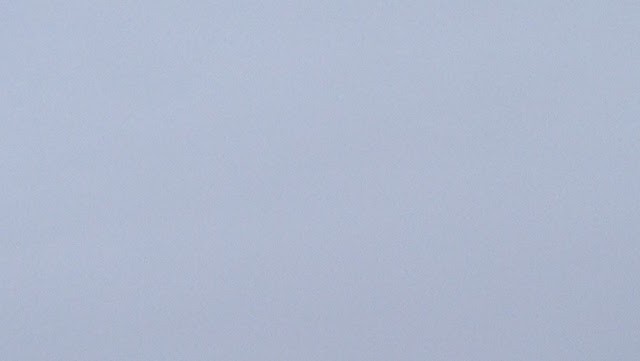
★★ The snow blew in a little late, filled the air fine and thick for a while, and then blew out: an ordinary and ineffectual bit of winter. The younger boy could walk to basketball in his sneakers. There was nothing of the spectacle left but new puddles. A man dragged an umbrella, its metal tip scraping the sidewalk. The wind grew suddenly colder; bare hands that had been fine started to hurt. New flakes flew, but not many.
Letters Sent
Once there was an Internet we were happy to be on.

Remember how the Internet used to be good? If you’re below a certain age you do not. Sorry. It must be awful to hear old people always going on about how the Internet once brought things other than pain, despair and a self-loathing so refined that its shame is only surpassed by the way the very idea of diving into the Internet’s bottomless well of sewage sickens you even as you leap, which you do each day despite of the vomitty feeling it inspires before, during and after. Just take my word for it, young people, there was a time when the Internet was a thing you were excited to be a part of. Every hour brought new delights and discoveries and led you to things you weren’t even aware that you were interested in. You never knew what would happen next, as opposed to now, when you know that whatever happens next it’s going to suck so bad you’ll want to cut yourself the second you turn away. And this is not just nostalgia or the rose-tinted memories of someone who can’t adapt to changing times or whatever, this is the objective truth: In contrast to the Internet of now, the Internet of a decade back was better, smarter, more interesting and also it didn’t make you want to die all the time. It didn’t make you hate yourself and everyone around you. It didn’t make you realize just how sick, sorry and stupid everyone is, and always so loud about it. You’re shaking your head at me because the very idea is inconceivable, but I was there. I saw it. It wasn’t the giant trench of anger and need that you dump all your GIFs into now. It was beautiful. But that was a long time ago.
Ugh, what was my point? I do tend to ramble on. Oh, right, back on the old Internet, the good Internet, Rob Walker’s Letter from New Orleans was one of those great, fun surprises you took for granted whenever they showed up, because in those days you never dreamed that the amazing Internet you couldn’t wait to be a part of would wind up being a cyst deep inside the asshole of some demon’s buttocks that you would be forced to spend each day draining. Sorry, I got off track there again. Anyway, my point is, Rob Walker is back in New Orleans and he’s sent some new letters from there. Seeing as today is Mardi Gras, it’s probably as good a time as any to go read them. Enjoy!
Carrier, Pigeon

It’s natural to wonder how long the subsidies Amazon has so generously provided to our perpetually broke national postal system to deliver approximately forty percent of its packages will last, given that Amazon can’t help but to absorb the things that its partners do for it, whether it’s publishing books, producing TV shows, cranking out wipes, spinning HDMI cables, or transporting the items that its forty-six million (or more!) Prime members can’t stop ordering.
While Amazon’s interest in claiming the last mile of delivery is no secret — with the swarm of delivery drones that it constantly tells us is looming just over a slight technical and regulatory horizon, and the fleet of AmazonFresh delivery trucks and same-day couriers patrolling city streets — Bloomberg reports that Amazon is moving forward with project “Dragon Boat” (what a delightfully problematic codename!), a “global delivery network that controls the flow of goods from factories in China and India to customer doorsteps in Atlanta, New York and London”:
Amazon’s plan would culminate with the launch of a new venture called “Global Supply Chain by Amazon,” as soon as this year, the documents said. The new business will locate Amazon at the center of a logistics industry that involves not just shippers like FedEx and UPS but also legions of middlemen who handle cargo and paperwork associated with transnational trade. Amazon wants to bypass these brokers, amassing inventory from thousands of merchants around the world and then buying space on trucks, planes and ships at reduced rates. Merchants will be able to book cargo space online or via mobile devices, creating what Amazon described as a “one click-ship for seamless international trade and shipping.” … Amazon will partner with third-party carriers to build the global enterprise and then gradually squeeze them out once the business reaches sufficient volume and Amazon learns enough to run it on its own, the documents said.
Amazon potentially one day turning off the spigot of money that helps keep the USPS solvent is, in some sense, one of the more minor eventual outcomes of it building and controlling a complete, end-to-end, factory-to-doorstep global logistics and supply chain — FedEx and UPS have far more to worry about — but it is one of the more clear examples of the plausible negative consequences of funding-starved public infrastructure being underwritten and then slowly captured by a private company. (I mean, if you think that a USPS potentially diminished by the eventual loss of Amazon’s business is a negative thing. Maybe you don’t! One man’s public infrastructure is another man’s waste of tax dollars that could be better put to use unlocking latent value through the machinery of the startup economy, and besides, if we even have mail after decade or so, carriers would just be replaced by drones anyway, so I suppose it doesn’t really matter that much after all.)
Photo by Elvert Barnes
Music For Mardi Gras
If you’re in New Orleans right now you’re drunk and have been for the last few days. If you’re anywhere else you’re figuring out how soon you can drink and what you’ll listen to while you do it. I can’t answer the first part for you but here’s some help with the second.
And, as we do every year here, we remind you to not be alarmed tomorrow when you see people walking around with ash smeared across their foreheads. It’s a thing.
Aberdeen, Maryland, to New York City, February 7, 2016
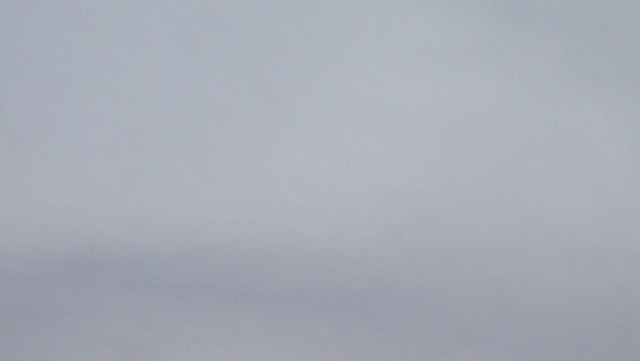
★★★ Gray squirrels flowed over grayish ground under a gray sky. The children were playing at their video game in real life, gathering the many fallen sticks into their inventory. From the shed, they obtained a full-sized mattock and began mining at the soft ground with it, flipping over scraps of the moss carpet. A sneaker pressed into a surviving snowbank left light caramel-colored marks as the tread yielded its mud. Elsewhere in the old snow were crushed bits of berry the color of fresh gore — no matching berries were in sight — and dull blue clusters of berries fallen from the climbing vines, the insides of the latter a mere grapey green. Out of the trees and on the open highway, there was a limit to the gray, a gap in the southwest, streaked with dull oranges and blues. Miles passed and the colors intensified. Faint but immense pink forms coiled across the sky ahead. The light from behind grew more and more lurid till it was as red as the taillights in the side mirror. People were out on the city sidewalks in their parkas, cold but not (to the eye) miserable.
What Was the Author Photo?
by Matthew Shaer
Last fall, the New York Times published a review of a new book, Changing the Subject, by the essayist Sven Birkerts. The review was forgettable. The author photo that ran alongside it was not — blindfold me right now, and I’d be able to recall it for you in every hypnotizing detail. The way Birkerts approaches the lens, his arms upraised, his unzipped jacket opening around him like a magician’s cape. The hesitant set of his lips, tacking up at one corner into a half-smile. The dense carpet of hair that looks as if it would bend a comb. The autumnal aura evoked by the leafless trees. And above all, the blur of the hands, which suggest momentum and unpretentiousness on the part of the shooter and her subject — the day is too precious to waste on two takes.

I spent a lot of time thinking about the photo. An inordinate amount, really. (I even had a strange dream about it, where I was cast in Birkerts’ place, and the jacket was actually a wing suit.) Its anomalousness shook me: If the vast majority of author photos fit into one of a handful of standard poses — the Fist-on-Chin (conveying thoughtfulness), the Stare-Out-Window (inner depth), the Icy Stare (strength), the Hearty Laugh (confidence!), etc. — here was an author photo that threw centuries of literary convention in our face. Here was a man who was not even fully dressed in his author photo.
I did some Googling. The image had first emerged in 2011, around the time Birkerts’ previous book, The Other Walk, had been released. I thought about getting in touch with Graywolf Press, Birkerts’ publisher, but I pictured the recipient of the email reading it aloud to a room full of coworkers. Next, I considered emailing Birkerts directly, but I worried he’d think I was making fun of him. Which I emphatically wasn’t! I liked the photo more than I’d ever liked an author photo. I just needed to understand it.
A few months passed. Last week, I got a pop-up message warning me that my laptop’s memory was almost full. I decided to delete a bunch of files, starting with the photo folder. The Birkerts author shot was near the top. I’d saved a high-res version. It was obviously a sign: This photo wasn’t going to quit me. So I sent Birkerts a message on Twitter, explaining who I was and what I wanted. He was skeptical — “I don’t think this will bring the readers in by the droves,” he wrote — but he gave me his phone number anyway.
Maybe we can start with you setting the scene for me a little bit. Where was the photo taken?
Well, I live outside of Boston, in Arlington, which is the next town over after Cambridge. I’ve been living here for several decades, but the picture was taken in 2011, on my back porch, a few feet from where I’m sitting now.
What time of year was it?
I can’t remember exactly, but I know it was not the time of year where I would normally be wearing a coat — I had to find one to wear. It was a black coat. It wasn’t readily accessible.
Talk about how the image came about. Was it planned?
In a way, yes. This was several months before the release of The Other Walk, and I’d been grousing to my daughter about needing an author photo. Suddenly, I sort of pictured the cover, which showed a man, from the back, holding up a jacket over his head.
That man was not you.
On the cover? No. It was an image the publisher had chosen.
Okay.
But I got this idea: What if we took a photo from the other side — not so much making fun of the cover photo, but referencing it in a weird way. So if the front cover showed the back, the back cover would show the front. I grabbed the coat and asked my daughter to see if she could snag a photo.
On a camera?
No, on her phone. You know, it’s remarkable — in the old days, you’d have a guy come in, and take a picture of you sitting at your writing desk. A very serious photo. And I have photos like that! But in this case, it was all impromptu: My daughter took the photo, sent it to me, and I sent it to a person at my publisher, who was able to say she liked it within a few minutes. It was a short-circuiting of what had been formerly such an elaborate, time-consuming process. Story of our times.
So it’s starting to come together for me, now that I’ve got the full backstory. But when the Times used that photo, they just listed a photo credit — it’s not like they explained that the jacket photo was originally intended as an inverse of The Other Walk cover. Did you ever worry someone might see the image in the Times, and be like, “Why is this man putting on his jacket?! Where is he going?”
Well, I guess at the moment when it actually landed, it did seem a little odd. But the other thing is that I’ve become basically habituated to the sight of that image, so the image itself didn’t shock me as much as the sudden contextual repositioning. But also, the reviewer wasn’t totally kind to my book, and I had several people write to me to say, “Forget it, no one cares about the sniping. All they’re going to remember is that intense image of you coming forward, towards the camera.” There was this idea that the photo was worth far more in that way than whatever was said in the review.
See? I’m not totally crazy, being fixated on the image.
Of course you’re crazy. But that’s fine. I should tell you about one other wrinkle in this thing, which I didn’t discover until after the fact, until after the book was out. Are you in front of a computer?
Yes.
Go to Amazon and look up the writer Aleksandar Hemon: H-E-M-O-N. Now go to the paperback of Nowhere Man. See? It has almost exactly the same cover image as The Other Walk. The angles are a little different…. Ummmm. Yeah, anyway, the minute I saw that, I wrote to my editor, and said, “Uh-oh.” But she told me not to worry. So I didn’t.
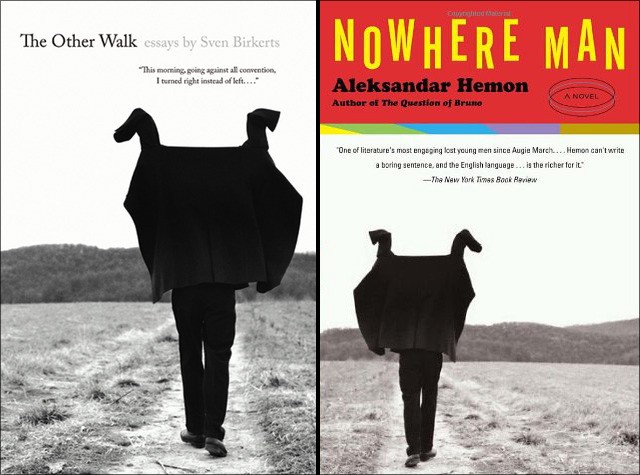
Thanks for taking the time to talk, Sven.
Thank you.
Interview has been lightly edited and condensed for clarity.
